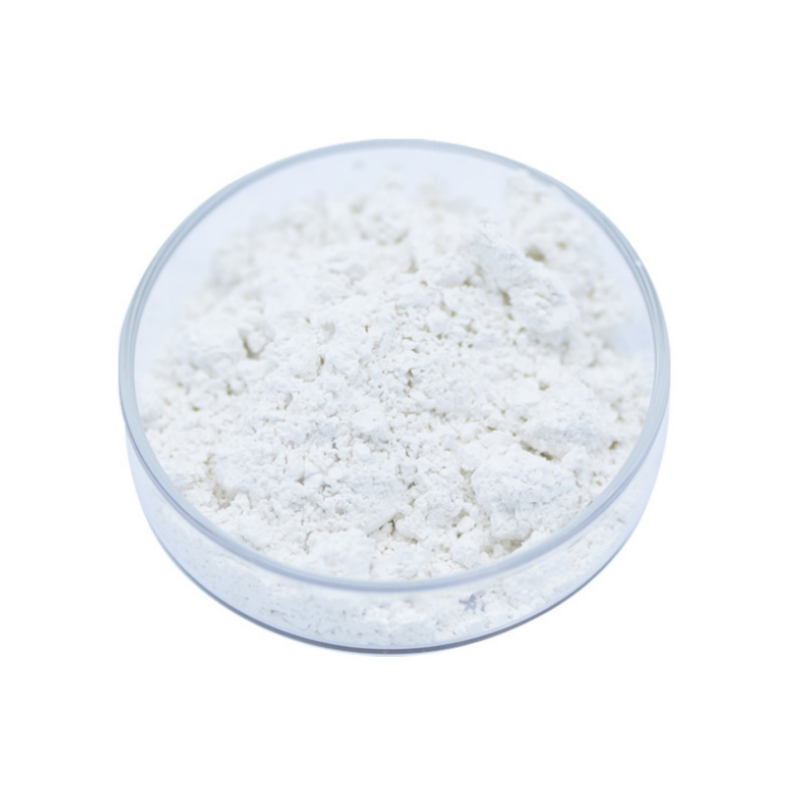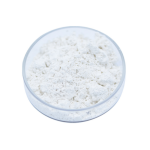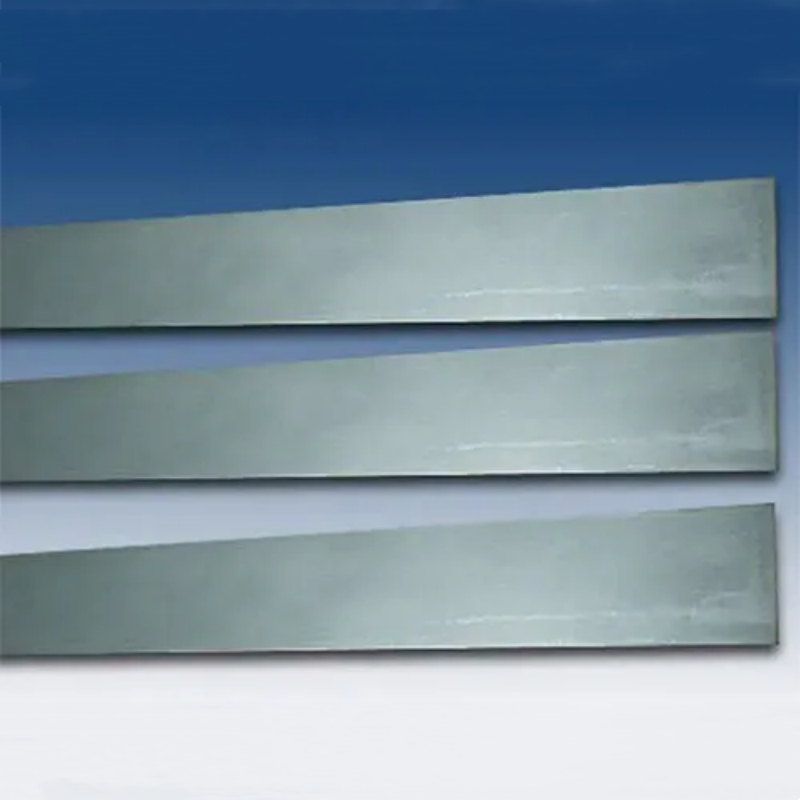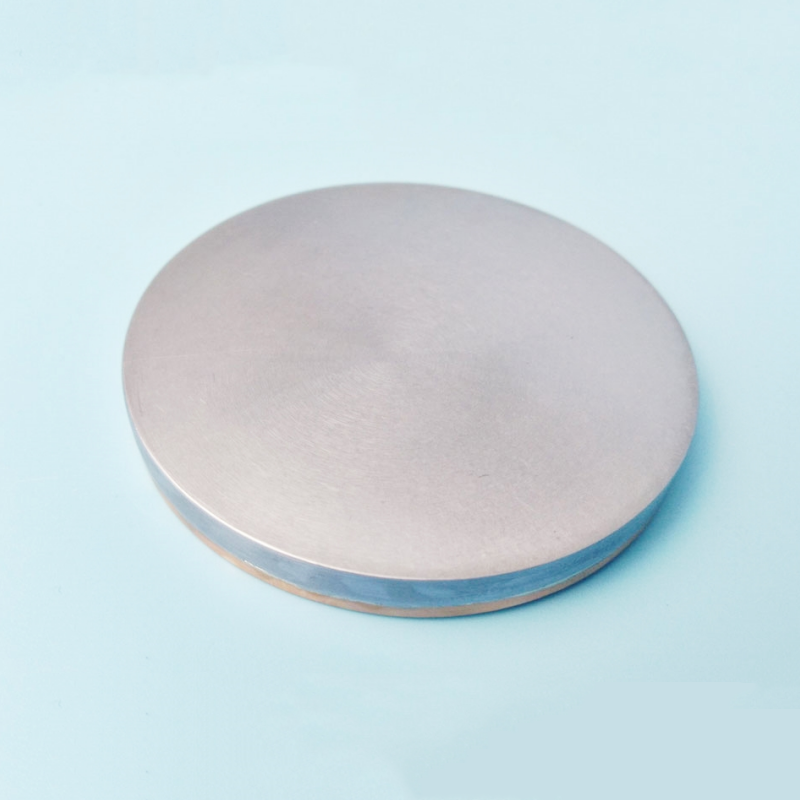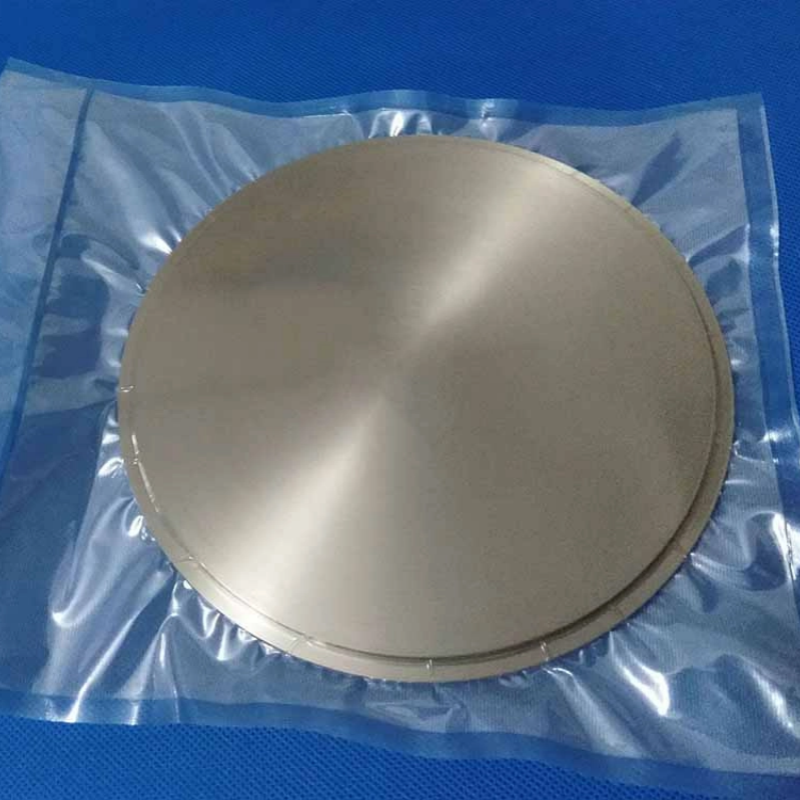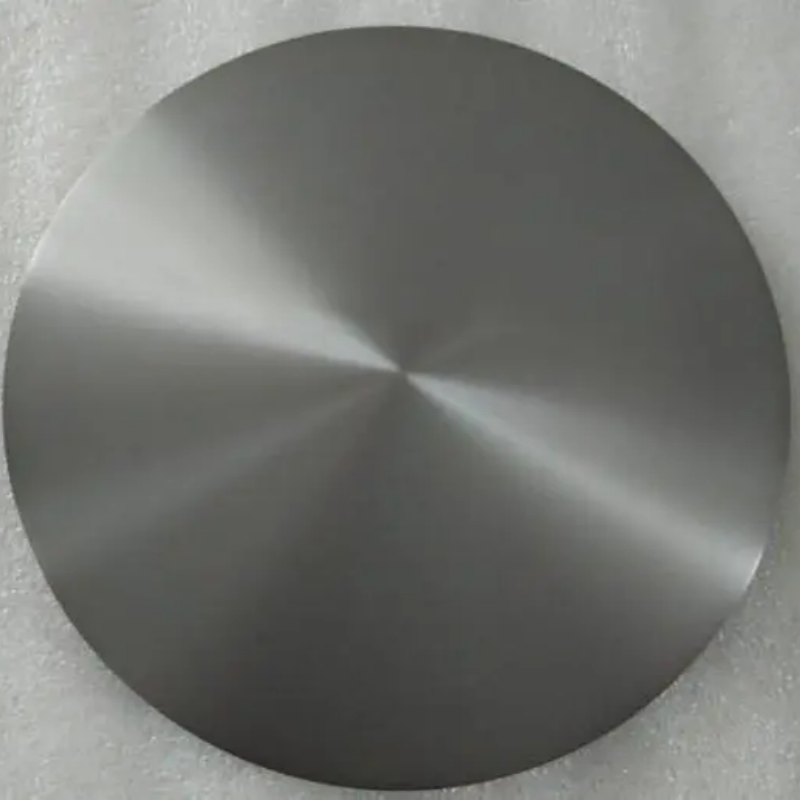Boron oxide (B₂O₃) is a high-purity inorganic compound recognized for its excellent thermal resistance, glass-forming capabilities, and chemical stability. It is widely used in glass manufacturing, ceramic production, metallurgy, and specialized chemical applications. Due to its unique physical and chemical properties, boron oxide plays a crucial role in optical glass, enamels, refractory materials, and advanced industrial processes.
Product Overview
Boron oxide (B2O3) is a colorless, translucent glass block or white hard crystalline substance with a moderate solubility in water. It is an important chemical compound with a high melting point and boiling point, widely used across various industries. Its chemical stability makes it a fundamental raw material for synthesizing other boron compounds and producing special materials.
Key Features
- Melting and Boiling Points: Melting point of 450°C and boiling point of 1860°C, offering high thermal stability.
- Density: 2.46 g/cm³, with a dense structure.
- Moderately Soluble in Water: It can partially dissolve in water.
- Color and Form: Appears as translucent glass blocks or white hard crystals.
Applications
- Pesticides: Used in agriculture and industry as a pesticide.
- Boron Compound Synthesis: Serves as a starting material for synthesizing other boron compounds.
- Flux for Enamels and Glass: Used as a flux in the production of enamels and glass.
- Boron Nitride Ceramic Binder: Combined with 2-6% boron nitride, it acts as a binder for hot-pressing ceramics.
 new material
new material

